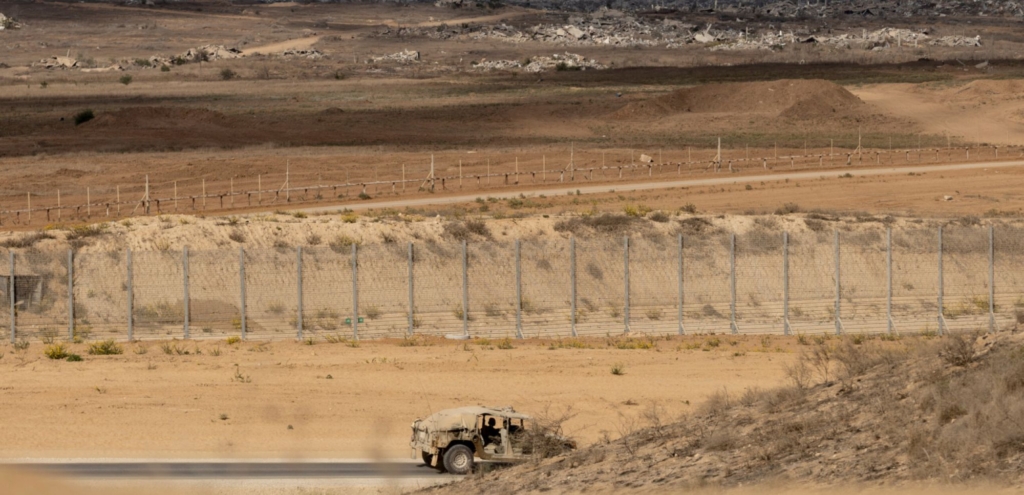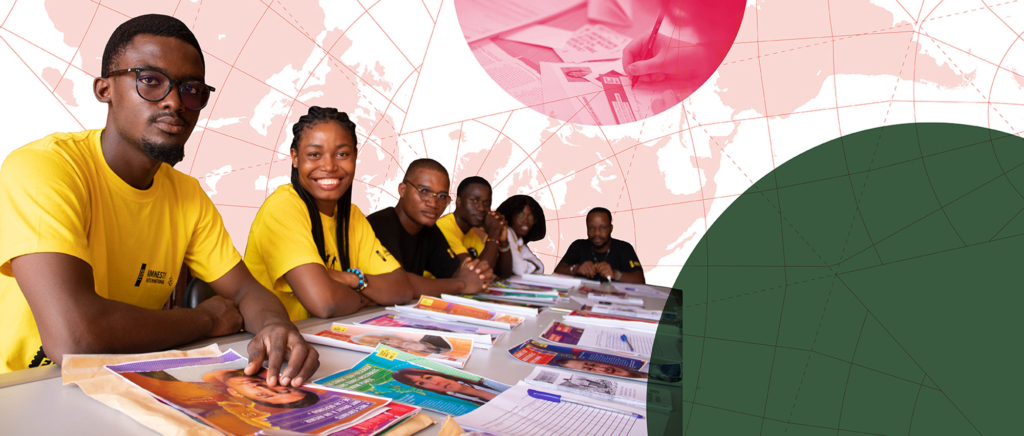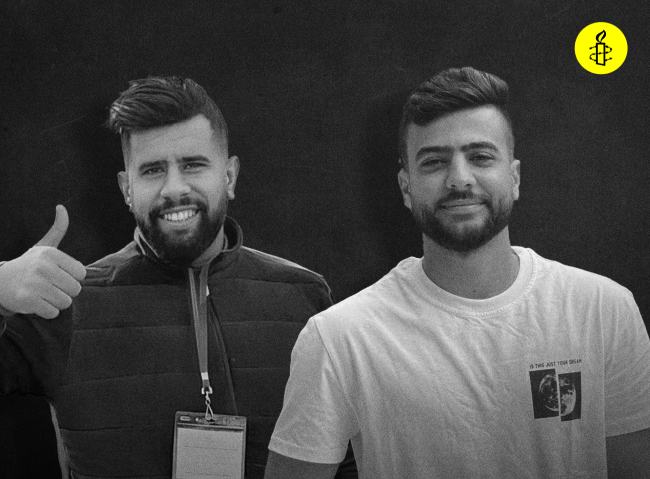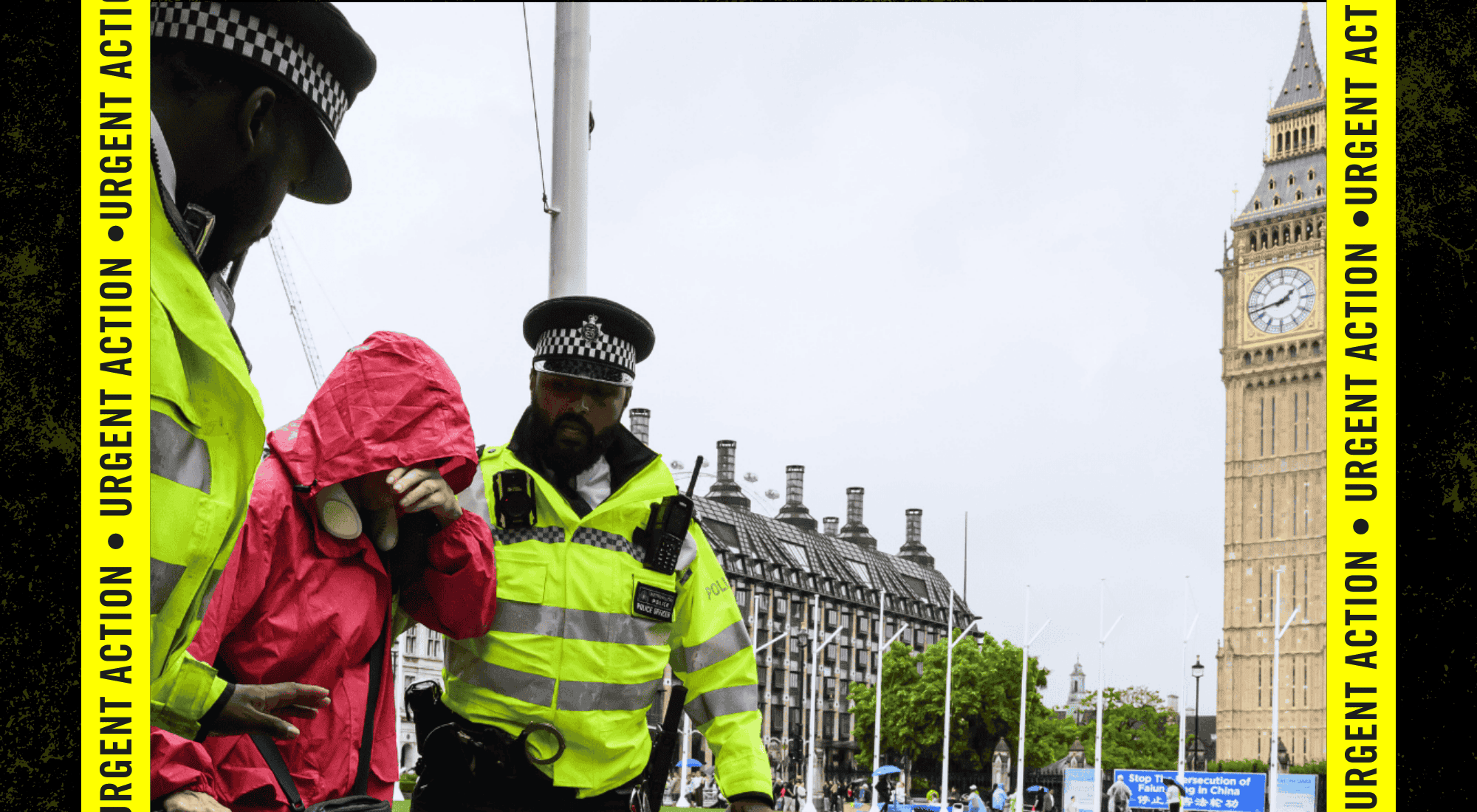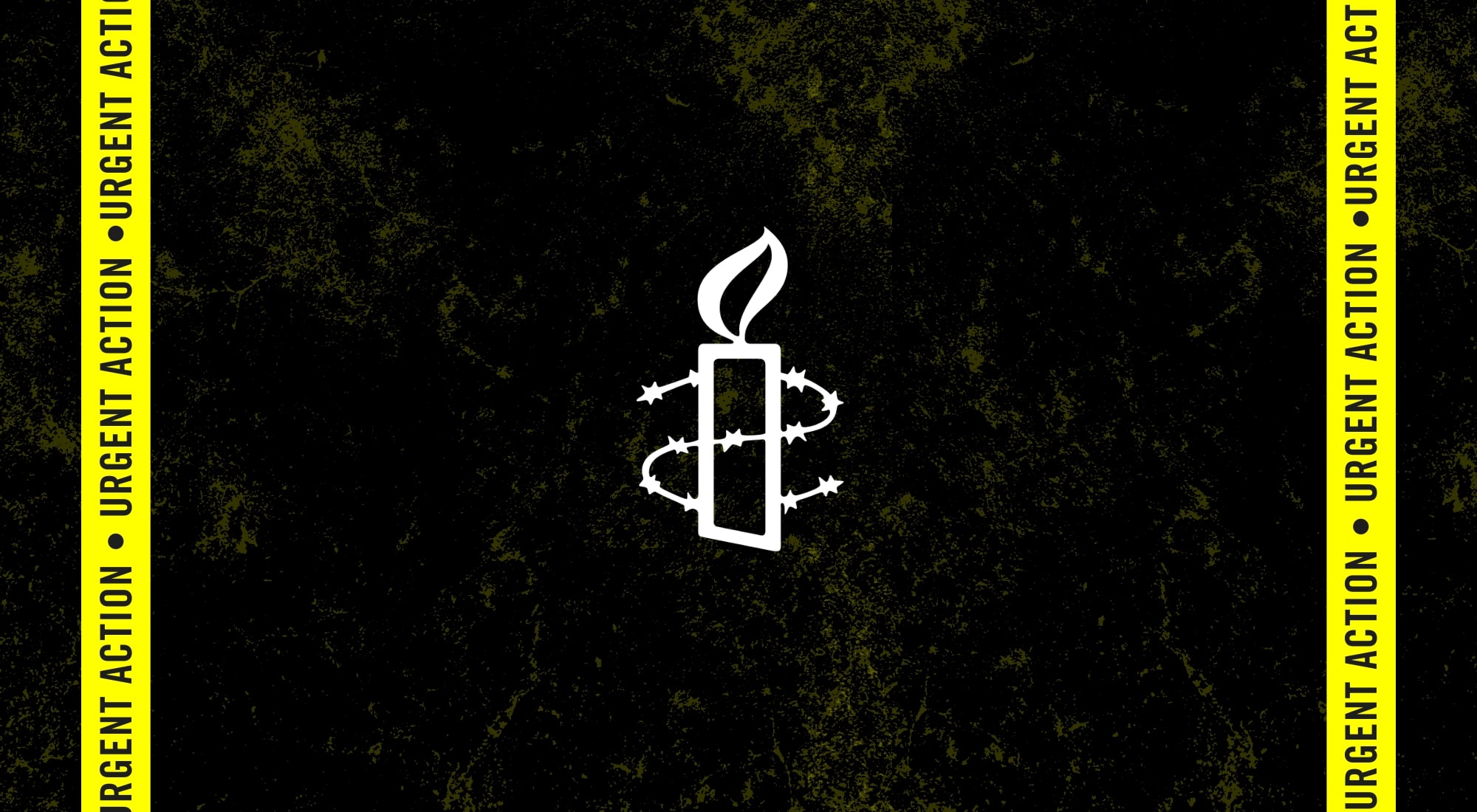By Noor Al-Bazzaz of Amnesty International’s Syria team
Five months to the day after being abducted and held hostage by the armed group calling itself Islamic State (IS), a group of 25 students from Kobani were unexpectedly set free on 29 October.
They were the last remaining captives from a group of around 150 schoolchildren from the embattled Kurdish-majority city in northern Syria who were returning from their final year examinations in Aleppo in May when IS members stopped their school bus at a checkpoint and abducted them all. In the months that followed, they were sporadically released. Those we spoke to had horror stories to tell about life in IS captivity.
In Suruç, a town in Turkey merely 10km from Kobani, refugees from the besieged city told me how the students’ harrowing experience was typical of the many abductions by IS in the year and a half since the armed group besieged their city.
One of the released students, a 15-year-old boy who chose to remain unnamed, described the four months he spent in the hands of IS, detailing the armed group’s use of torture against students who broke the rigid rules, or attempted to escape.
As well as being compelled to attend daily “religious lessons”, the students were expected to follow a strict list of rules that included sleeping by 10pm, remaining in their rooms at all times except at prayer time, and being quiet. Those found breaking the rules were punished, often with beatings.
“The school in Manbej where we were held had two floors; we were kept on the upper floor and the fighters slept on the bottom floor. We were all frightened of the bottom floor; there was a room there that they called the ‘torture room’. That is where they took down students who misbehaved and beat them; it’s also the room that had all the torture equipment, like the electricity, the hosepipes and the ropes.
“Those of us who were caught trying to escape were beaten upstairs, in front of the other students. I think this was a warning to the other students, but I don’t think it worked. We all believed we were never going to be released, so while it was terrifying to watch the beatings, it only took a few days to get over the fear and for a few of the boys to try to escape again.
“I tried to escape, and was caught with three other boys. They hung me from the ceiling from my wrists for around half an hour.
“Then they beat us in front of everyone; there were three of them beating the three of us. They used their hands, legs and hosepipes. I was then taken downstairs and given electric shocks. They attached tongs to my fingers and turned the electricity on five times.”
The use of electricity, and the practice of being hung from the ceiling by the wrists, often referred to as shabah, have both been documented extensively in prisons and detention centres in Syria and are believed to be commonly practised by members of Bashar al-Assad’s security and intelligence services.
According to the released student, he witnessed a friend being taken to an IS-run hospital after a beating. The boy reportedly sustained a number of serious head injuries before collapsing.
“He looked dizzy and he suddenly fell to the ground. He was taken straight away by the fighters to a hospital and was returned three days later, but he was not normal. He barely moved for around 20 days after that; he only spoke. He began to move slowly just before he was released.
“I wish no one ever falls into these people’s hands. Some of the students used to faint from fear after watching the beatings they carried out to punish those of us who misbehaved or tried to run away, so you can imagine how brutal they were. I wish no one has to go through that again.”
His quivering voice was a reminder that this 15-year-old boy, like the scores of other abducted students, was just a child.
For those whose relatives remain in IS custody, these stories, as well as the group’s own propaganda videos, work only to heighten alarm and fear as they await news of their loved ones’ fates.
Only several days before the last group of students were released, “Omar”, the father of one of the boys who was still in captivity, told me about the uncertainty and fear that he and his wife were living with:
“We are afraid to raise the alarm, we are afraid to highlight our son’s captivity in the media. No one knows how this group functions, or how they might react. They are completely unpredictable.”
Indeed, just a few days later, Omar’s son was released along with the remaining students.
Following his son’s release I called Omar to congratulate him. He said he did not know why his son was held for so long, or why he was released, only that the experience had left its mark on their family:
“When you have a child it is human instinct to do everything you can to protect them. That is how I felt; I was prepared to do everything to get my son back, but was unable to do anything. That was so very painful.
“I am a strong person, but even I couldn’t keep it together when I saw him again. His mother would not let him go, she held on to him and cried for 15 minutes.”
















